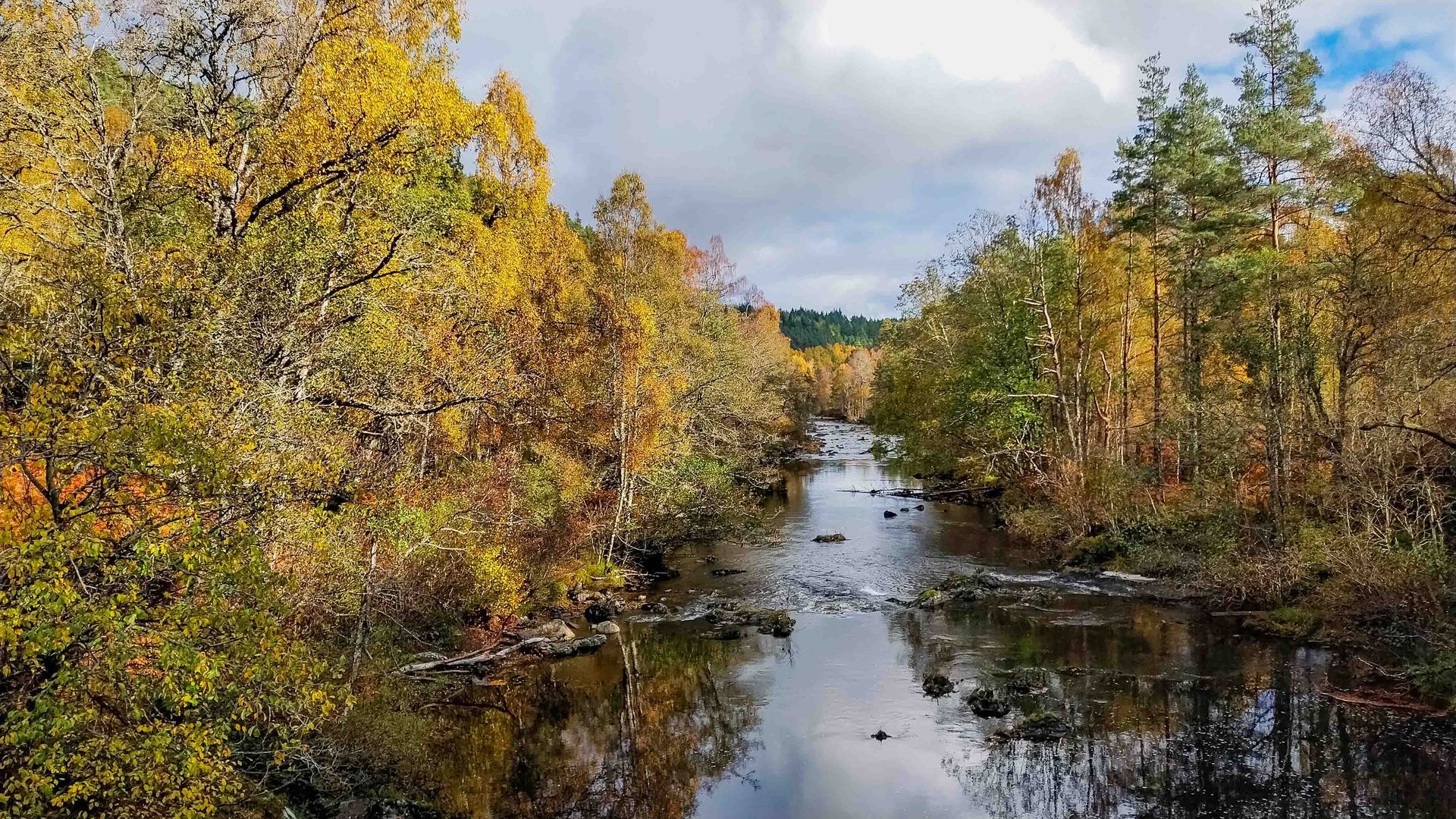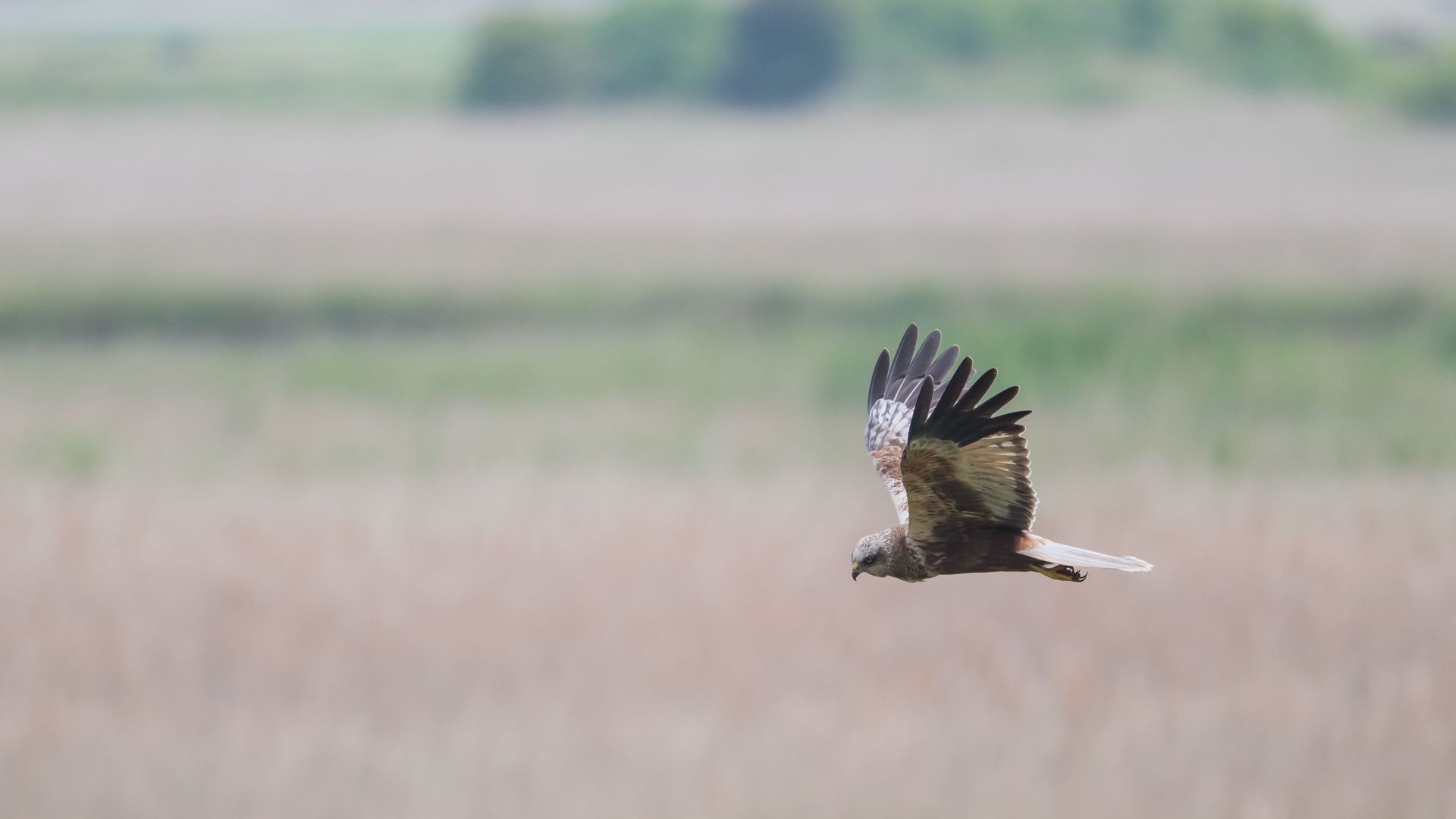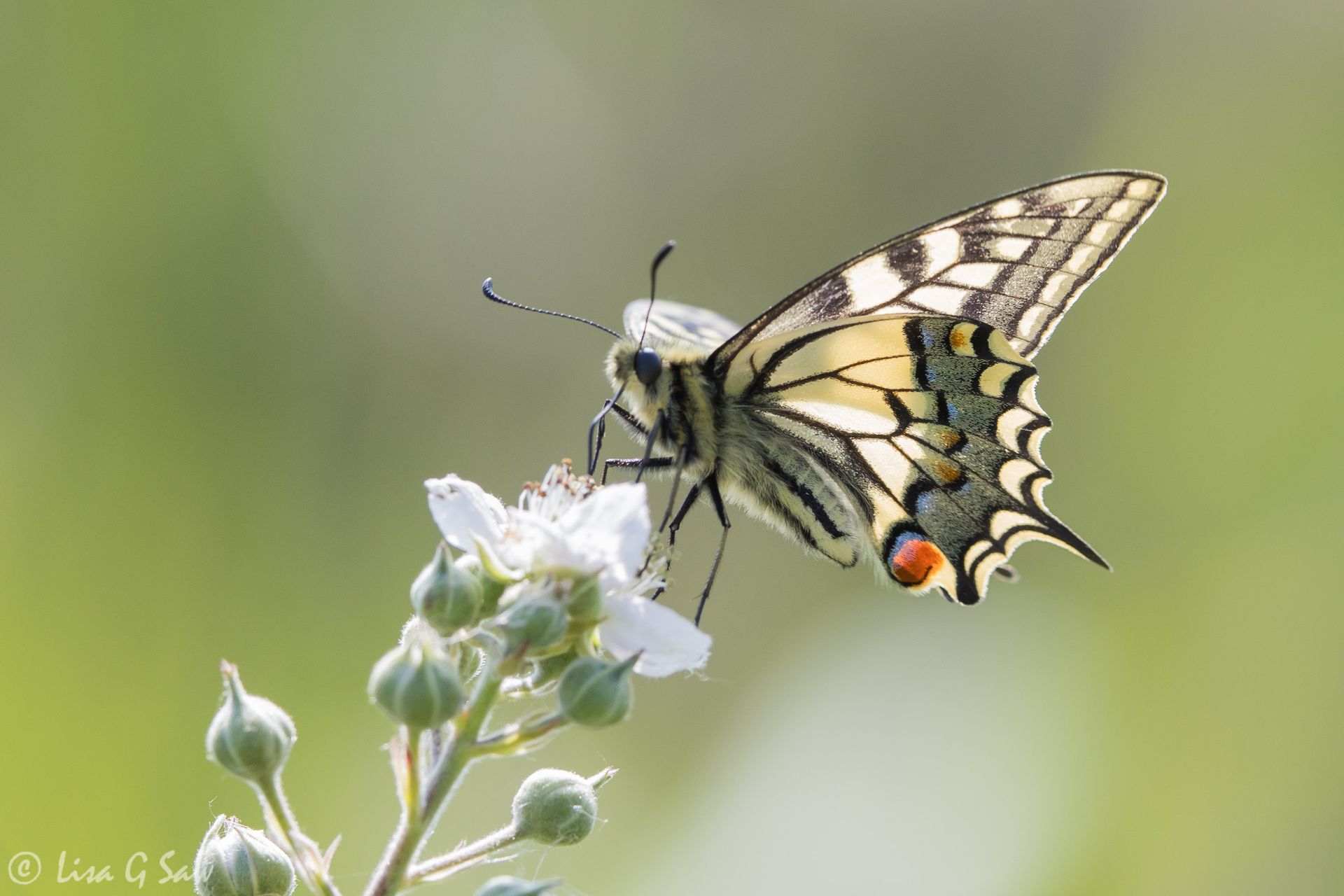Polar Bears In The Arctic
At sea on a photographic adventure around the Svalbard Archipelago
Norway 2016
In July 2016 I went on an amazing 14 day Polar Bear Photographic Expedition to Svalbard, Norway with Paul Goldstein and One Ocean Expeditions and one of my friends. This truly was a once in a lifetime, memorable experience and didn't disappoint! Paul had said in his email to us just before the trip, get plenty of sleep before you come! We would have 24 hours of daylight and the plan was to use as much of it as possible!
We had two days of travelling to get to/from Longyearbyen, Svalbard – the most northerly permanent populated town in the world. They were not the best two experiences I’ve had and I wouldn’t recommend Scandinavian Airlines or Oslo Airport as a result, however, we got there eventually via Oslo and Tromso.
To board the Vavilov we had to travel out in groups of 10 on the inflatable zodiacs, which would later be used for our daytime excursions whilst at sea. This heightened our excitement for the trip. In reality, for a good couple of days, everything felt really surreal. I couldn’t believe I was actually there after a year and a half of waiting! We were to spend 10 full days at sea and this ship was fabulous. We had a great cabin on Deck 4 right in the centre of the boat, which meant everything was quick and easy to access, as we were nearest the stairs. We could walk along the corridor and be straight out on the bow of the ship, which was fabulous for our wildlife sightings, it was down to Deck 3 for the dining room, mud room - in preparation for our zodiac trips - and the stearn of the ship. It was up to Deck 6 for the bar/lounge, bridge and upper outdoor viewing decks, where I spent the majority of my time. Our cabin was cosy with 2 beds, a desk, plenty of storage space and a private toilet and shower wet room. They provided dressing gowns, towels, shampoo and conditioner etc, tissues, tea/coffee and kettle, binoculars and a wildlife reference book along with gumboots, waterproof bag and wet weather gear!
I ought to mention how fabulous the One Ocean Expedition staff were. They were on constant vigil looking out for the wildlife, taking shifts and swapping over, so even through the night (remember it’s still light) they were glued to their binoculars and telescopes. They were all so knowledgeable in their field and we had several talks during the course of our trip. They would sit with us during the meals and get to know us and vice versa and they were so friendly and helpful. A truly brilliant staff, so much so I’d travel on this ship with this company again.
But the trip wasn’t all about the wildlife. The landscape was also dramatic and beautiful and this was part of the reason why we wanted to come to Norway to view the polar bears. The islands were very mountainous and we saw so many glaciers (I’ve never seen so many – sadly all of course retreating due to global warming). There were lots of icebergs floating in the water near the glaciers. We didn’t witness any calving but saw a few ‘bits’ dropping off and splashing into the water. We managed to do some landings on the islands, which was a great opportunity to properly stretch our legs. Some of the rocks were covered in lichen, showing the first signs of life where the ice had retreated. It was also amazing to see tiny flowers growing on the barren looking land. In it’s own way the pack ice and the melting ice floes were equally as beautiful. Along the horizon was the expanse of the pack ice, which extends to the North Pole and beyond to the Canadian Arctic and Russia. Closer to us were broken fragments of the ice floating slowly away. There was a calmness here that was amazingly peaceful. We were so far away from civilisation, living in what felt like a little bubble, not caring about what else was going on in the world. Though the bubble would burst soon enough, enjoying the long days, watching the wildlife and the ice pass us by, was a joy and an amazing privilege to experience.



